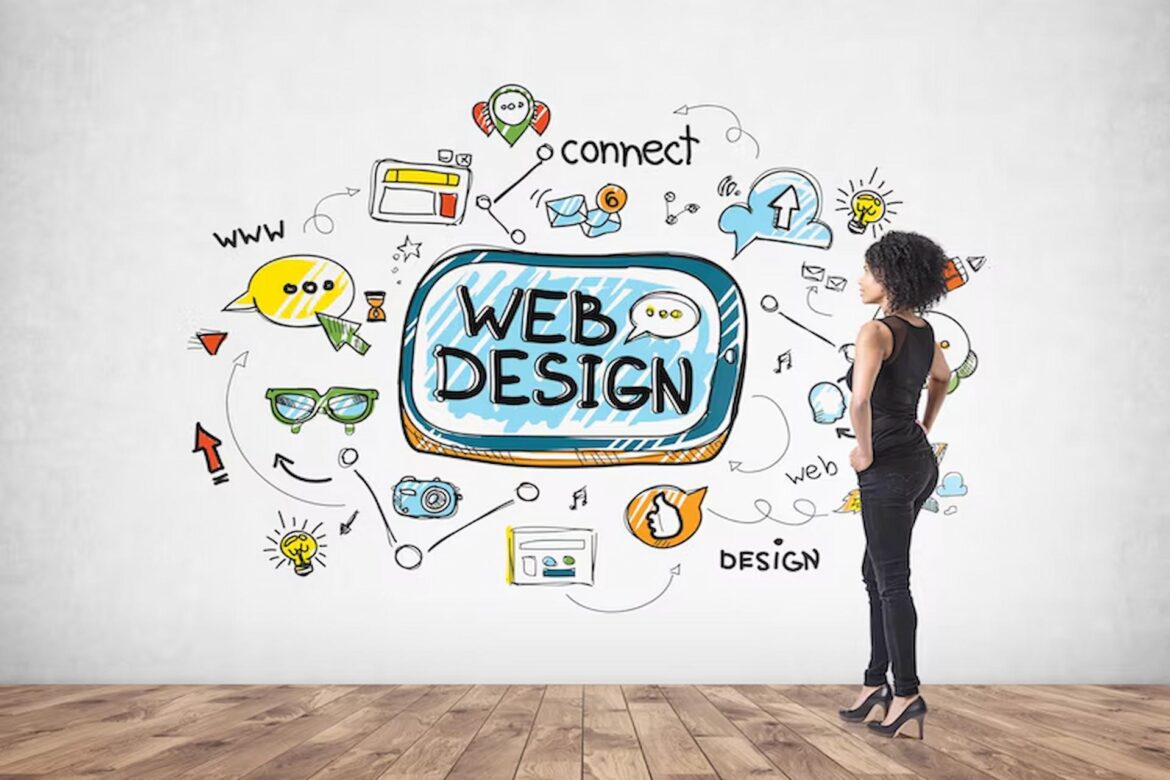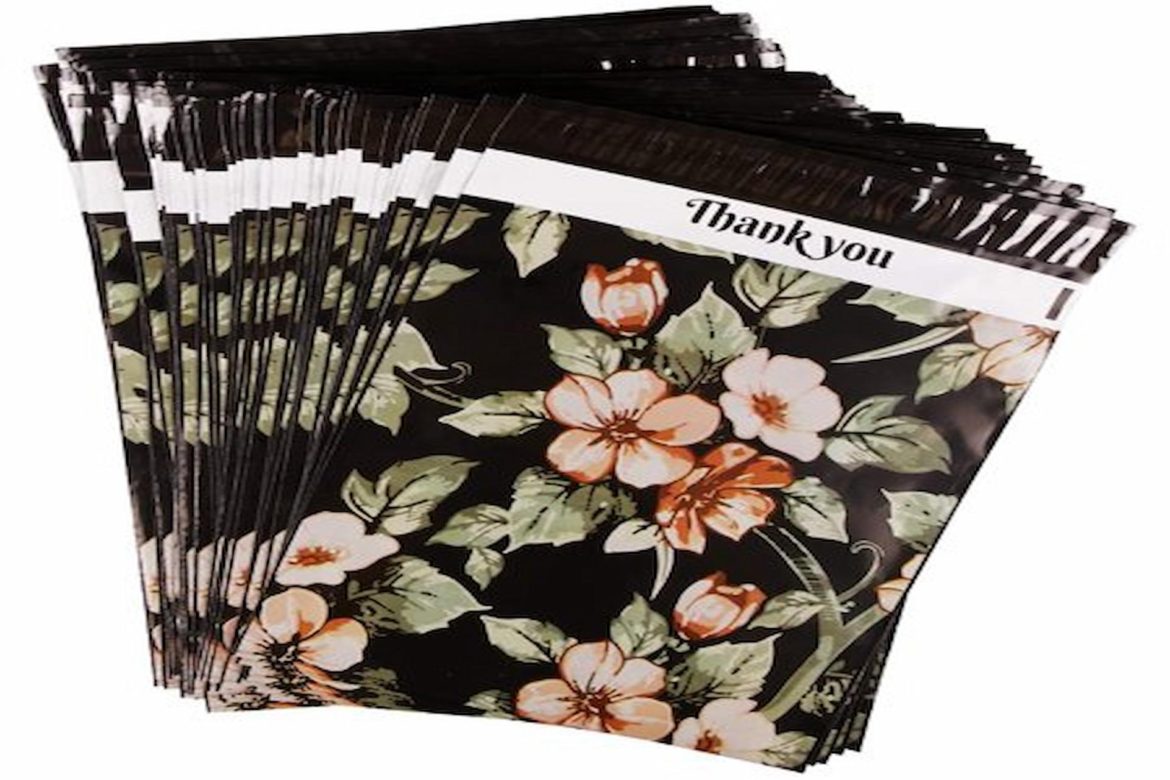The world of website design is changing at a breakneck speed as we move deeper into the digital era. Each year brings new technologies, aesthetic preferences, and user expectations, shaping the trends that dominate the web. In 2024, we are witnessing an exciting convergence of innovation and creativity, with website designers pushing the boundaries of what’s possible. In the realm of digital transformation, partnering with a top-tier website design and development company can elevate your online presence and drive sustainable growth. Learn how the most talked-about developments in web design for 2024 are changing the game for people all around the globe in this comprehensive guide.
Immersive Multimedia Experiences
By the year 2024, websites will have evolved into full-fledged multimedia experiences that engross and involve visitors the second they step foot on a site. From stunning video backgrounds to interactive animations and 3D graphics, designers are leveraging multimedia elements to create dynamic and visually compelling websites. By integrating multimedia content seamlessly into the user experience, websites can convey information more effectively and leave a lasting impression on visitors.
Dark Mode Design
As a more contemporary substitute for conventional light interfaces, dark mode has grown in popularity among designers in recent years. In 2024, we continue to see the widespread adoption of dark mode design across various websites and applications. Dark backgrounds not only reduce eye strain, especially in low-light conditions, but they also create a sense of sophistication and elegance. Designers are experimenting with contrasting colours, bold typography, and vibrant accents to enhance readability and visual appeal in dark mode interfaces.
Minimalism And Simplicity
In an era of information overload, minimalism remains a timeless design principle that resonates with users seeking clarity and simplicity. In the year 2024, websites that adhere to minimalist design principles have simple layouts, plenty of white space, and easy navigation. Designers are prioritizing user-centric design, focusing on essential content and functionality while eliminating distractions. By embracing simplicity, websites can deliver a more intuitive and enjoyable user experience, fostering engagement and conversion.
Neumorphism And Soft UI
Neumorphism, also known as soft UI or skeuomorphism design, is a design trend that blends elements of realism and minimalism to create tactile and visually pleasing interfaces. In 2024, we see the continued rise of xeromorphic design in website development, with designers embracing soft shadows, subtle gradients, and rounded shapes to mimic physical objects and enhance the user experience. Neumorphism adds depth and dimensionality to interfaces, making them feel more tangible and interactive. By incorporating tactile elements and realistic textures, websites can evoke a sense of familiarity and delight users with a visually rich experience.
Sustainable Design Practices
Website sustainability has grown in importance as people become more conscious of environmental issues. In 2024, designers are prioritizing eco-friendly design practices, such as optimizing performance, reducing carbon footprint, and minimizing resource consumption. Sustainable design encompasses various strategies, including using renewable energy for hosting, optimizing code for efficiency, and implementing green design principles. By adopting sustainable design practices, websites can contribute to a greener digital ecosystem and align with the values of environmentally conscious users.
Personalization And Customization
Personalization is no longer a luxury; it’s an expectation in today’s digital landscape. In 2024, websites are leveraging data-driven insights and AI technologies to deliver personalized experiences tailored to individual preferences and behaviours. In order to make user experiences more relevant and interesting, designers are embracing customization in all its forms, from flexible layouts and unique interfaces to personalized recommendations and dynamic content. Websites may boost engagement, loyalty, and conversion rates by addressing users’ individual interests and requirements.
Voice User Interfaces (Vui)
As voice-enabled devices continue to increase, voice user interfaces (VUI) are reshaping the way we interact with websites and digital platforms. Voice commands and conversational interfaces are going to be standard in website design by 2024. This will let users search, explore, and engage with material through natural language. Designers are optimizing websites for voice search, voice navigation, and voice-controlled actions, making them more accessible and user-friendly for voice-enabled devices. By embracing VUI, websites can enhance accessibility, convenience, and inclusivity for users of all abilities.
Augmented Reality (Ar) Integration
New possibilities for interactive storytelling and experiences are opening up as augmented reality (AR) dissolves the boundaries between the real and virtual worlds. In 2024, we see the integration of AR technology into website design, allowing users to visualize products, explore virtual environments, and engage with interactive content in real time. From virtual try-on experiences for retail websites to interactive tours for travel and hospitality sites, AR is transforming the way we engage with digital content. Websites can captivate users and increase conversions by integrating augmented reality features.
Conclusion
As we look ahead to the future of website design in 2024, one thing is clear: innovation is driving the evolution of digital experiences. Websites that intrigue, educate, and motivate visitors are the result of designers’ efforts to push the limits of imagination and technology in a variety of ways, such as through the use of dark mode design, minimalist principles, metamorphosis, and sustainable design methods. By embracing these emerging trends and technologies, firms may stay ahead of the competition in the digital landscape and provide consumers with outstanding user experiences that engage them.







